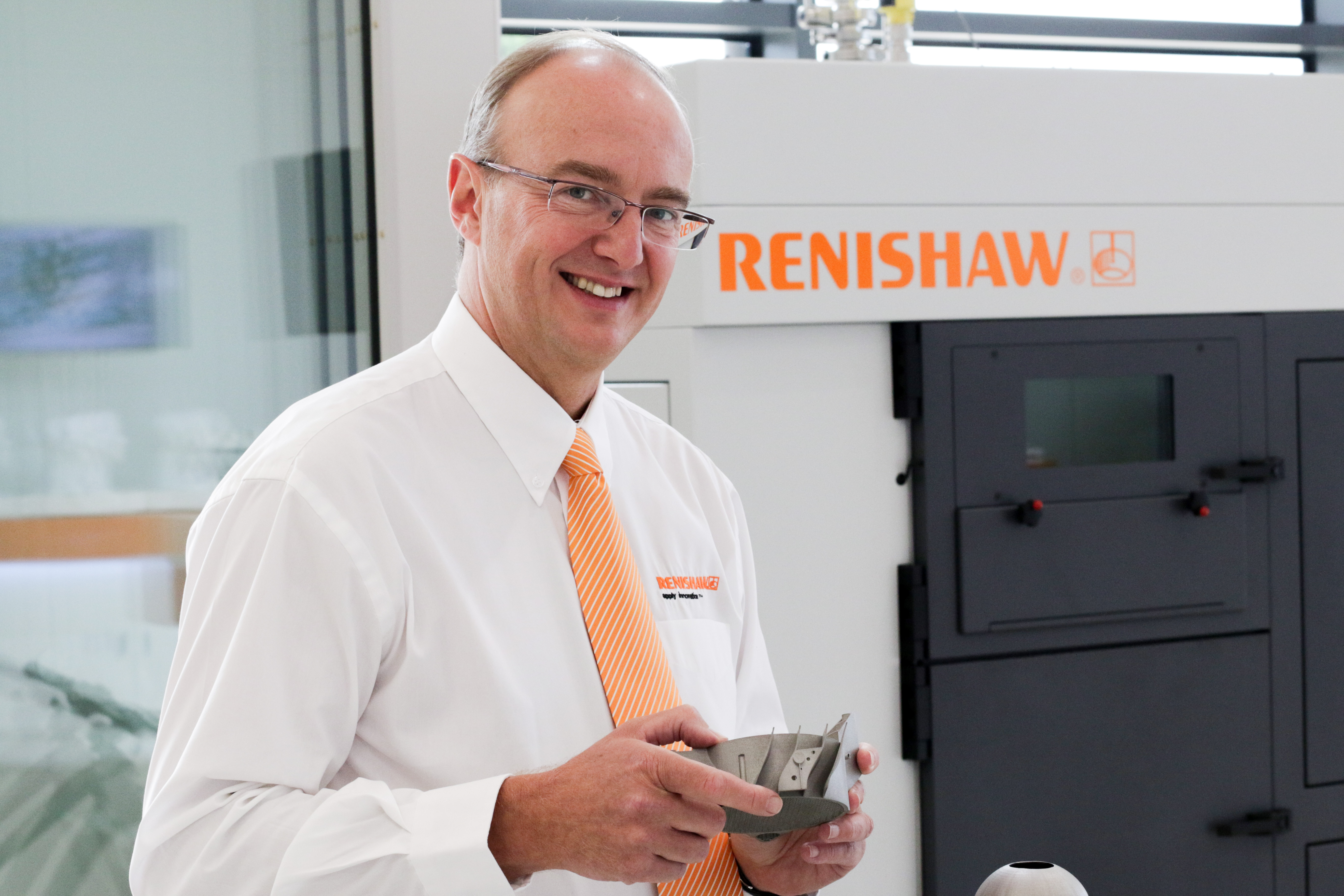
Renishaw has announced plans to open a global network of customer centers for metal 3D printing or additive manufacturing (AM).
’Additive manufacturing is still mostly used in rapid prototyping applications, where the ability to build metal components direct from CAD, with no special tooling, is especially valuable,’ said Clive Martell, head of global additive manufacturing. ‘However additive manufacturing has so much more potential than this – it enables us to design and make innovative products with spectacular gains in performance and efficiency. Renishaw's vision is to make additive manufacturing a mainstream manufacturing technology, used in series production of high performance parts for aerospace, medical, automotive, oil and gas, mould & die and consumer products.’
When adopting any new manufacturing technology, companies go through a assessment process to understand the potential benefits, and to prove the reliability and capability of the production process. Renishaw says that its Solutions Centres can lower this entry barrier by providing cost-effective access to machinery, facilities and AM expertise.
Metal finishing
Each center will feature private development facilities containing an AM machine, design workstation and all the ancillary equipment needed to design, build and refine a new product design. Renishaw also plans to provide pre-production capacity where the productivity and capability of the AM process can be established. Renishaw will provide support in the form of operators and applications engineers, as well as access to a range of machining, finishing, treatment and metrology processes.
The network of Renishaw Solutions Centres will open during the final quarter of 2015 and the first half of 2016, and will include facilities in the UK, Europe, USA, Canada, India and China.
This story is reprinted from material from Renishaw, with editorial changes made by Materials Today. The views expressed in this article do not necessarily represent those of Elsevier.



